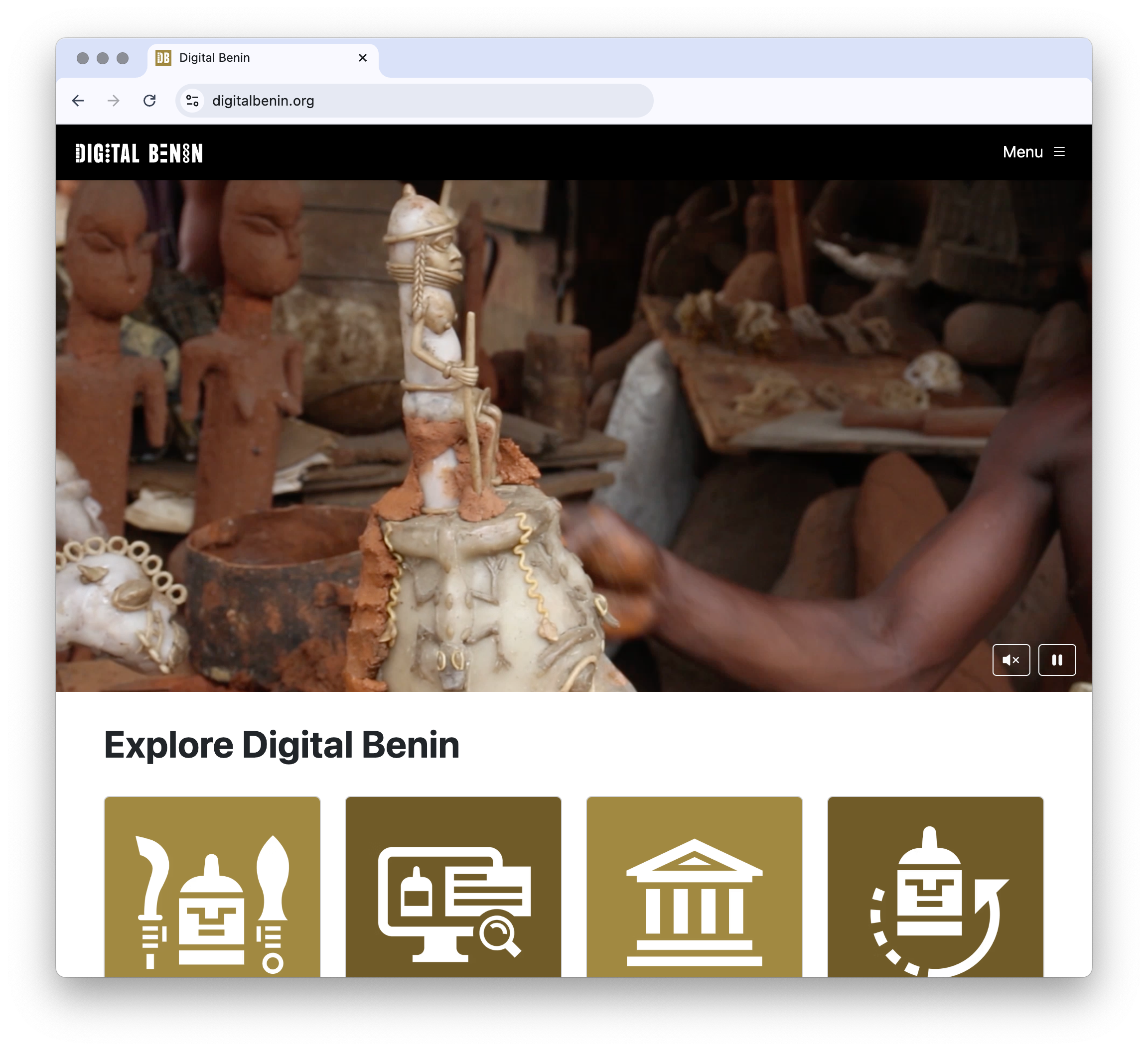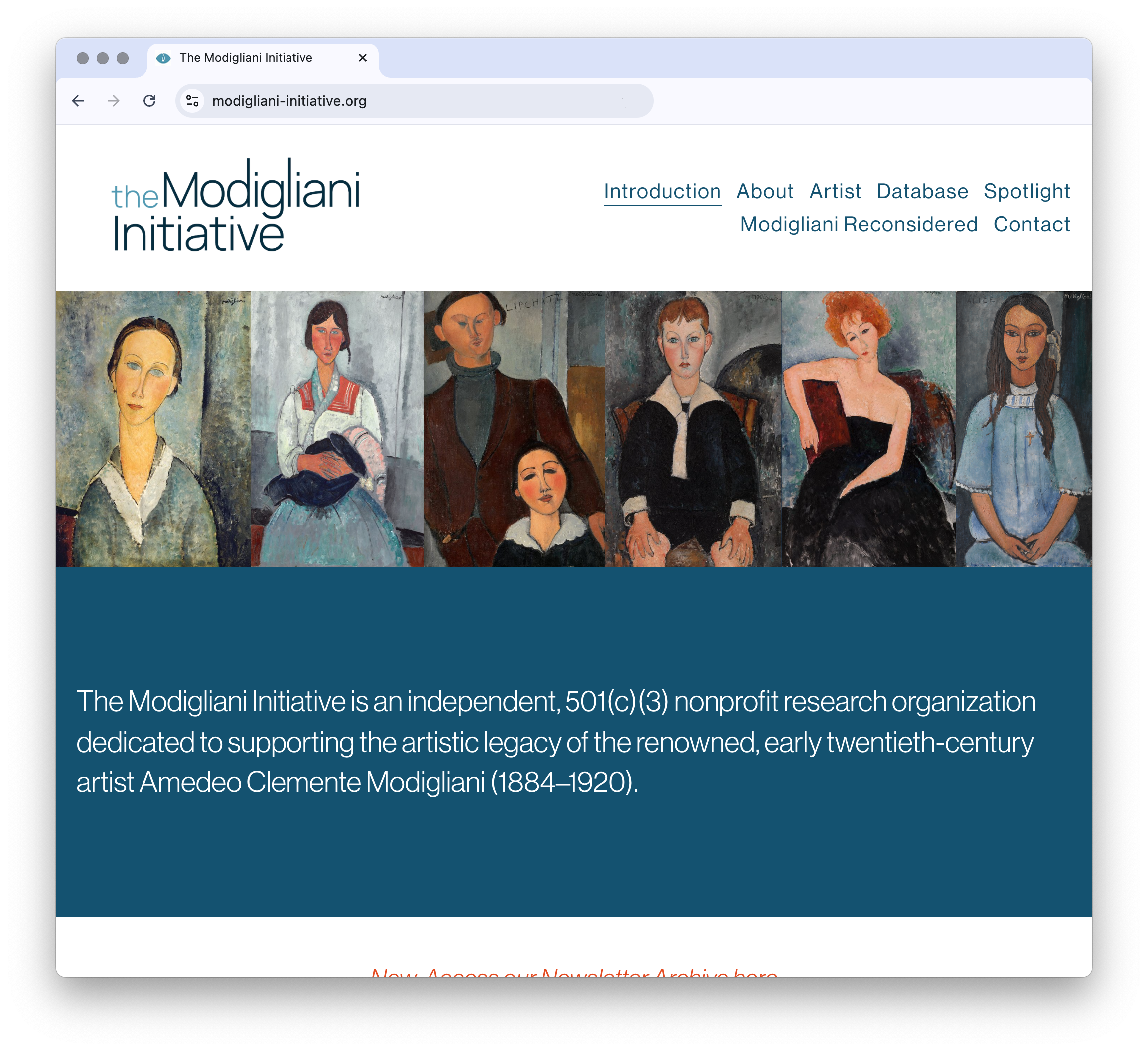Highlights for art researchers from “New Thinking about the Catalogue Raisonné,” ICRA’s annual conference
Akseli Gallen-Kallela, Path on the Ice, 1887. 25,5 × 32 cm. Photo: Finnish National Gallery / Hannu Pakarinen. Copyright free.
The 6th Annual Conference of the International Catalogue Raisonné Association (ICRA), themed “New Thinking About the Catalogue Raisonné,” provided a robust platform for discussing the evolving practices, challenges, and opportunities in creating catalogues raisonnés. This year’s event explored the intersection of tradition and innovation, offering insights into how researchers adapt catalogues raisonnés to technological advancements and changing cultural contexts. Experts addressed critical themes, including the enduring value of print catalogues, the opportunities presented by digitization, and the imperative to globalize and decolonize the field.
Globalizing and decolonizing catalogues raisonnés
A particularly resonant discussion at the conference addressed the need to globalize and decolonize catalogues raisonnés. Lara Evans, a Cherokee Nation art historian, highlighted the lack of catalogues raisonnés for Native American artists and the colonial frameworks that often obscure individual attribution. She advocated for an Indigenization of the process, emphasizing communal contributions and shifting the researcher-artist relationship to reflect Indigenous perspectives.
The keynote conversation on Digital Benin further illustrated how cataloguing practices are evolving to address historical and cultural inequities. The project aggregates data on Benin’s cultural objects from various institutions, contextualizing and documenting harmful language while preserving the integrity of the records. Panelists Anne Luther and Eiloghosa Obobaifo emphasized their commitment to transparency, even showing empty data fields to highlight gaps in knowledge. Digital Benin’s interactive features exemplify how technology can be leveraged to make cultural heritage more accessible and engaging.
The interplay between tradition and innovation
Throughout the conference, the interplay between tradition and innovation emerged as a central theme. While print catalogues retain their gravitas and historical value, digital formats offer unprecedented opportunities for accessibility, interactivity, and ongoing updates. Lisa Le Feuvre, Executive Director of the Holt/Smithson Foundation, introduced the innovative approach her organization is taking in light of the institution’s structure and belief about art.
The foundation is creating an atlas of Nancy Holt and Robert Smithson’s artwork instead of a conventional catalogue raisonné. This atlas serves as a starting point for exploration rather than a definitive compendium of every artwork, reflecting the foundation’s commitment to sparking debate rather than offering a singular narrative.
The foundation’s unique planned dissolution in 2038 further influences its methodologies, including the separation of archival and artistic responsibilities into distinct entities. Le Feuvre encapsulated the evolving purpose of catalogues raisonnés, noting that she believes art is about posing questions rather than establishing absolute truths.
Increasing transparency and accessibility to establish expertise
The conference underscored that the authority of a catalogue raisonné rests not on its publication medium but on the expertise, transparency, and rigor of its creators. Elizabeth Gorayeb and Huffa Frobes-Cross of the Wildenstein Plattner Institute shared their work on the Tom Wesselmann Digital Corpus and the development of the digital corpus model of catalogue raisonné development.
A digital corpus begins with a foundational list, which could come from the artist’s records or a previously published catalogue raisonné. The corpus then distinguishes between works the project’s committee has verified and those not yet verified by publishing verified work in color with full cataloging and a verification icon. Those works yet to be verified appear only in black and white with minimal details. This approach exemplifies the potential of digital platforms to enhance transparency and accessibility; it ensures that users can access a vast body of data without misinterpreting preliminary findings as definitive conclusions.
The Modigliani Initiative also demonstrates how catalogues raisonnés are evolving to meet contemporary challenges with transparency and openness. The initiative addresses the absence of a reliable, peer-reviewed catalogue for Modigliani’s work and builds trust with collectors by offering value before requesting access or information, thus overcoming skepticism and fostering cooperation. Leslie Koot and Julia May Boddewyn noted the fragmented state of Modigliani scholarship, emphasizing the importance of assembling archival records and building a comprehensive foundation for future research
Reaching a broad audience with digital catalogues raisonnés
Benno Tempel, representing Van Gogh Worldwide, provided a compelling case for rethinking the scope and purpose of cataloguing. Unlike traditional catalogues riasonnés, Van Gogh Worldwide is a public-facing platform designed to share information broadly. By integrating linked data and allowing owners to update information partially, the initiative creates a dynamic and collaborative environment. Tempel highlighted the inclusion of technical imagery, such as X-rays and surface scans, which enriches understanding and aids in solving mysteries related to an artist’s work.
Projects like Van Gogh Worldwide and Digital Benin demonstrate how digital tools can make knowledge available while respecting scholarly standards. Similarly, initiatives like the WPI’s Tom Wesselmann Digital Corpus and the Modigliani Initiative illustrate how CRs can adapt to meet the needs of contemporary audiences.
The catalogue raisonné book remains a meaningful form of scholarship
Although the conference focused on the possibilities of digital catalogues raisonnés, several speakers reminded us of the continuing benefits of printed catalogues raisonnés. A printed catalogue raisonné offers enduring value to academic audiences as a definitive “snapshot in time,” reflecting the scholarly consensus, research, and materials available when it is created. Martin Postle, Senior Research Fellow at The Paul Mellon Centre for Studies in British Art, emphasized that this snapshot quality makes them valuable historical documents, even as knowledge and interpretations evolve. The legal advantage of print catalogues because of this fixed, tangible quality was pointed out by Simon Chadwick, Partner at Mishcon De Reya.
Other benefits discussed included image quality and general popularity. Toby Treves, founder of Art Publishing Inc., highlighted the importance of control over image quality in print, noting improvements that allow for more accurate representations of artworks, a critical factor for academic and artistic analysis. Mark Eastment, Editorial Director: Art and Architecture at Yale University Press, illustrated their enduring relevance by referencing the demand for reprints of popular catalogues like those of Rothko and O’Keeffe, despite the high production costs. Collectively, these scholars acknowledged that print catalogues maintain a unique role in academic scholarship by providing an authoritative and reliable record while also naming several of their challenges and shortfalls.
The continuing importance of catalogues raisonnés — in every format
The 6th Annual ICRA Conference reinforced that catalogues raisonnés continue to be valuable publications whether online or in print. In the digital form, they can be collaborative tools designed to engage diverse audiences, stimulate debate, and reflect the evolving needs of both scholarship and society. By leveraging the strengths of both print and digital formats, the field is poised to expand its reach and relevance, fostering a more inclusive and innovative approach to the documentation of artistic legacies.






